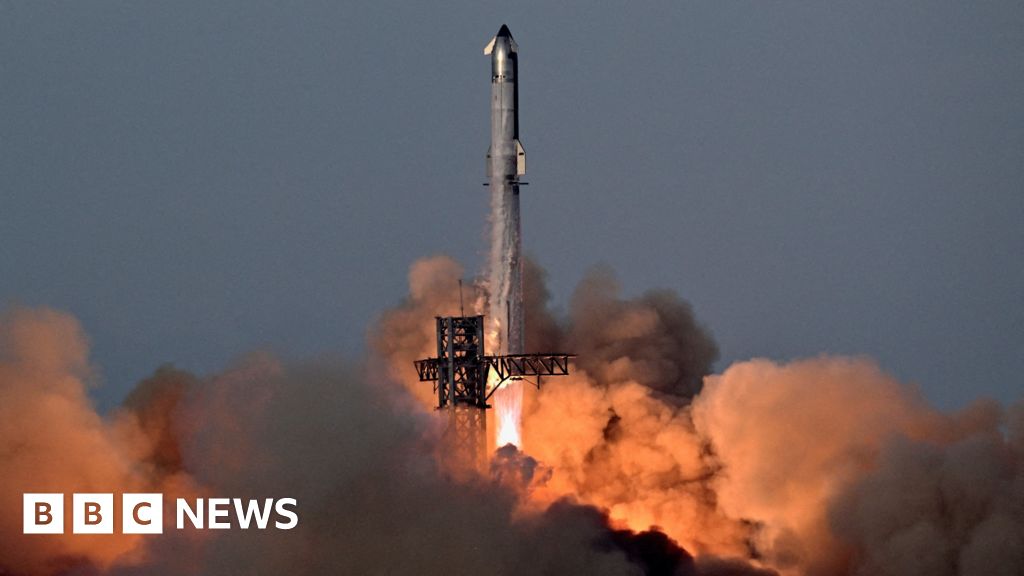CAPE CANAVERAL, Fla. (AP) — Blue Origin successfully launched its New Glenn rocket on Thursday, sending two NASA spacecraft named Escapade towards Mars. This launch from Cape Canaveral marks a pivotal moment for Blue Origin and the space agency, both of which are looking to utilize the rocket for lunar missions in the future.
The New Glenn rocket, standing at 321 feet (98 meters) tall, was delayed for four days due to adverse weather conditions and strong solar storms, which also painted the skies of Florida with auroras. The successful liftoff saw Blue Origin retrieve the rocket's booster, an essential step that mirrors SpaceX's approach of reusing rockets to cut costs.
Company employees celebrated as the booster landed upright on a barge located 375 miles (600 kilometers) offshore, and Jeff Bezos watched the launch from control. Following the successful landing, the team chanted “Next stop, moon!” signaling their aspirations.
The twin Mars orbiters, which will spend about a year orbiting Earth, are set to utilize a gravity assist from our planet to embark on their journey to Mars, arriving in 2027. The mission aims to study the upper atmosphere of Mars, investigating its magnetic fields and the effects of solar wind, which is crucial for understanding the planet’s climate history and preparing for future human missions.
This mission operates on a relatively modest budget of less than $80 million, showcasing NASA's strategy of capitalizing on early flights of new launch vehicles. By combining missions with commercially operated rockets like New Glenn, NASA aims to enhance its exploration capabilities while keeping costs manageable.
New Glenn, named in honor of the first American to orbit Earth, is five times larger than Blue Origin’s New Shepard rocket and is poised for a slew of future missions. As competition heats up in the aerospace sector, particularly against SpaceX's Starship, Blue Origin remains on track with plans for an upcoming lunar lander mission as part of NASA’s Artemis program. Despite SpaceX currently leading with its crewed lunar missions, recent changes in NASA contracts hint at a dynamic and evolving landscape in space exploration.

















